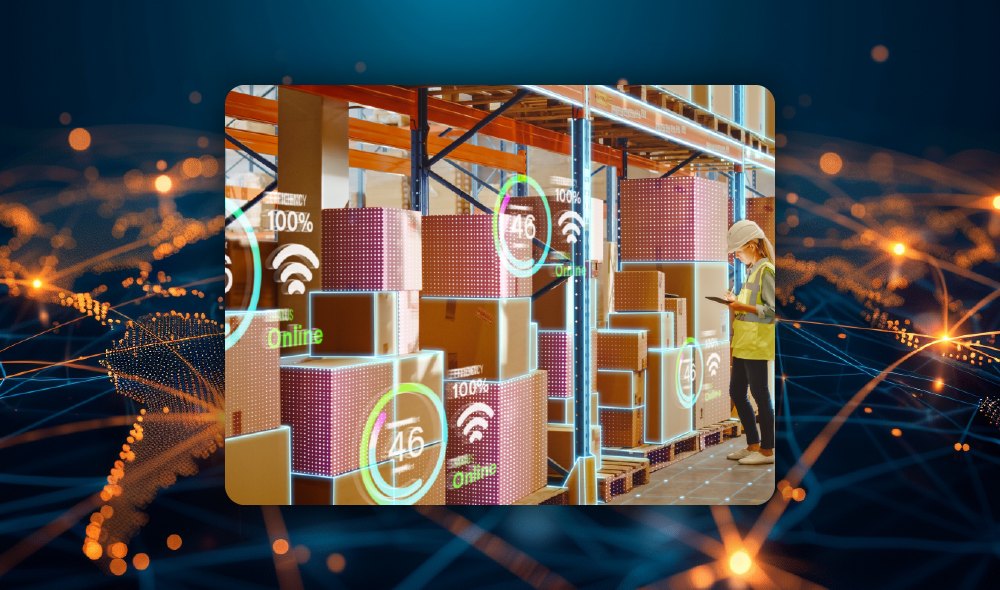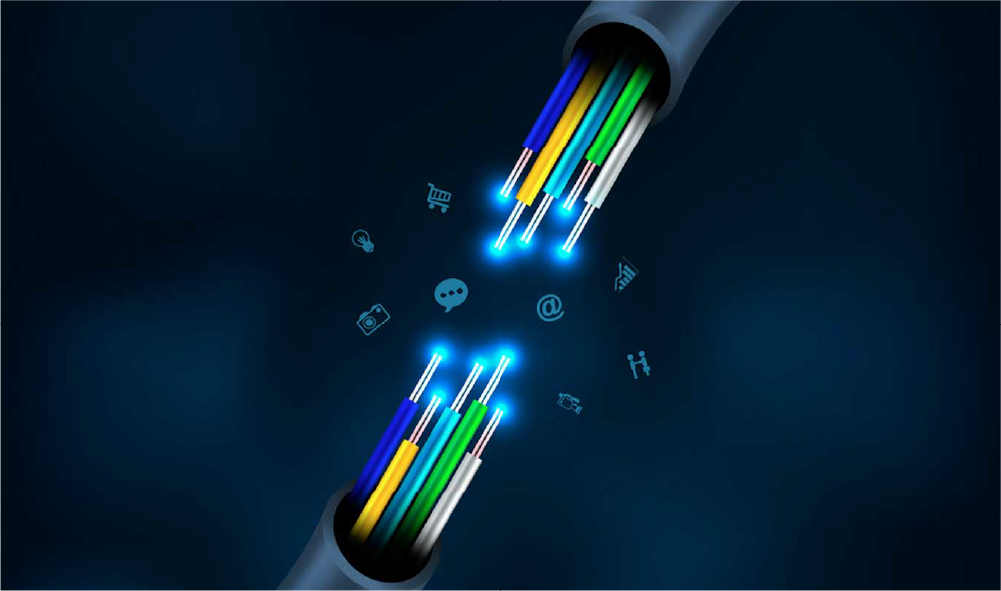Whether employees are working in the office, on the road or remotely from different locations, they need consistent access to voice and data services to stay productive.
However, one common challenge that many businesses face is the assumption that a single mobile network provider can meet the needs of all employees. In reality, this isn’t always the case due to varying network coverage areas.
Understanding why one mobile network may not be suitable for everyone in your company is crucial for ensuring seamless communication and operational efficiency.
The challenge of varying network coverage
Mobile networks are NOT identical. Each network has its own strengths and weaknesses in terms of coverage, depending on factors such as infrastructure investment, spectrum allocation, and geographic focus. As a result, the quality of service can vary significantly from one area to another. This variation poses a unique challenge for businesses with employees spread across different locations, particularly in regions where network coverage may be inconsistent.
For instance…
Urban vs. rural areas
Some mobile networks are optimised for urban environments, offering excellent coverage and high-speed data in cities. However, the same network might struggle to provide reliable service in rural or remote areas where infrastructure is less developed.
Indoor vs. outdoor coverage
Certain networks may offer strong outdoor coverage but falter indoors, especially in buildings with thick walls or underground levels. This can be problematic for employees working in warehouses, basements, or large office complexes.
Regional disparities
If your employees travel internationally, specific regions may be better served by one network over others due to localised infrastructure investments. Employees working in these areas may experience vastly different levels of service depending on the network they are using.
Given these discrepancies, relying on a single mobile network provider for all employees can lead to connectivity issues that disrupt business operations and affect productivity.
The impact of inadequate coverage on business operations
When employees encounter poor mobile network coverage, the impact on business operations can be significant, with:
Reduced productivity
Employees who struggle with weak signals or dropped calls may find it difficult to communicate effectively with colleagues, clients, and partners. This can lead to delays in decision-making, missed opportunities and a general decrease in productivity.
Frustrated employees
Consistent connectivity issues can lead to frustration among employees, especially those who rely heavily on mobile communication for their roles. This frustration can impact morale and job satisfaction, potentially leading to higher turnover rates.
Missed business opportunities
In sales-driven environments, missed calls or delayed responses due to poor network coverage can result in lost business opportunities. Clients and prospects expect timely communication, and network issues can give the impression of unprofessionalism or lack of responsiveness.
Inconsistent customer service
For customer-facing employees, reliable mobile connectivity is essential for delivering consistent service. Poor coverage can hinder their ability to assist customers promptly, leading to dissatisfaction and damage to the company’s reputation.
The case for a multi-network strategy
To overcome the challenges posed by varying network coverage, businesses should consider adopting a multi-network strategy. This approach involves leveraging multiple mobile network providers to ensure that all employees have access to reliable service, regardless of their location.
Here’s how a multi-network strategy can benefit your business:
Optimised coverage for all locations
By offering employees access to more than one network, businesses can ensure that each person is connected to the provider with the best coverage in their specific area. This approach reduces the risk of connectivity issues and ensures consistent communication across the organisation.
Increased flexibility
A multi-network strategy provides businesses with the flexibility to adapt to changing needs. For example, if an employee moves to a new region where the original network provider has weak coverage, the company can easily switch them to a more suitable network without disrupting their workflow.
Cost-effective solutions
While it may seem that using multiple networks would increase costs, the opposite can often be true. Poor coverage can lead to costly inefficiencies, such as lost productivity and missed opportunities. By ensuring that all employees have reliable connectivity, businesses can maximise the return on their telecom investment.
Enhanced employee satisfaction
Providing employees with a network that works best in their area shows that the company values their productivity, happiness and well-being. This consideration can lead to higher job satisfaction and loyalty.
One size doesn’t fit all
In the world of business telecommunications, one size does not fit all.
The variation in mobile network coverage across different locations means that a single network provider may not be sufficient to meet the needs of all employees. By adopting a multi-network strategy, businesses can ensure that every employee has access to the reliable mobile connectivity they need to perform their roles effectively, regardless of where they are.
This approach not only enhances productivity and employee satisfaction but also positions the company for greater success in an increasingly connected world.
Fidelity Group – your multi-network solution provider
Implementing a multi-network strategy involves many potential steps, ranging from the assessment of coverage needs to locating multiple providers.
As a leading telecoms provider, here at Fidelity Group, we have created a turn-key multi network solution. We call it JumpNet.
JumpNet allows your company to choose from one of four networks (Vodafone, O2, EE and Three (Gamma) for just one low monthly payment with unlimited data, texts and calls.
And if one network does not suit a particular member of staff they can change to one of the three remaining networks, completely free.*
Call us today on 0800 840 860 or enquire using our contact page.
*Changing the network will require a new SIM card each time the network is changed. Changes limited to 4 switchovers. Changing network can take up to 4 working days. Customers starting on an EE non-JumpNet 24 months tariff cannot be moved to JumpNet.










 The impact on our customers
The impact on our customers

